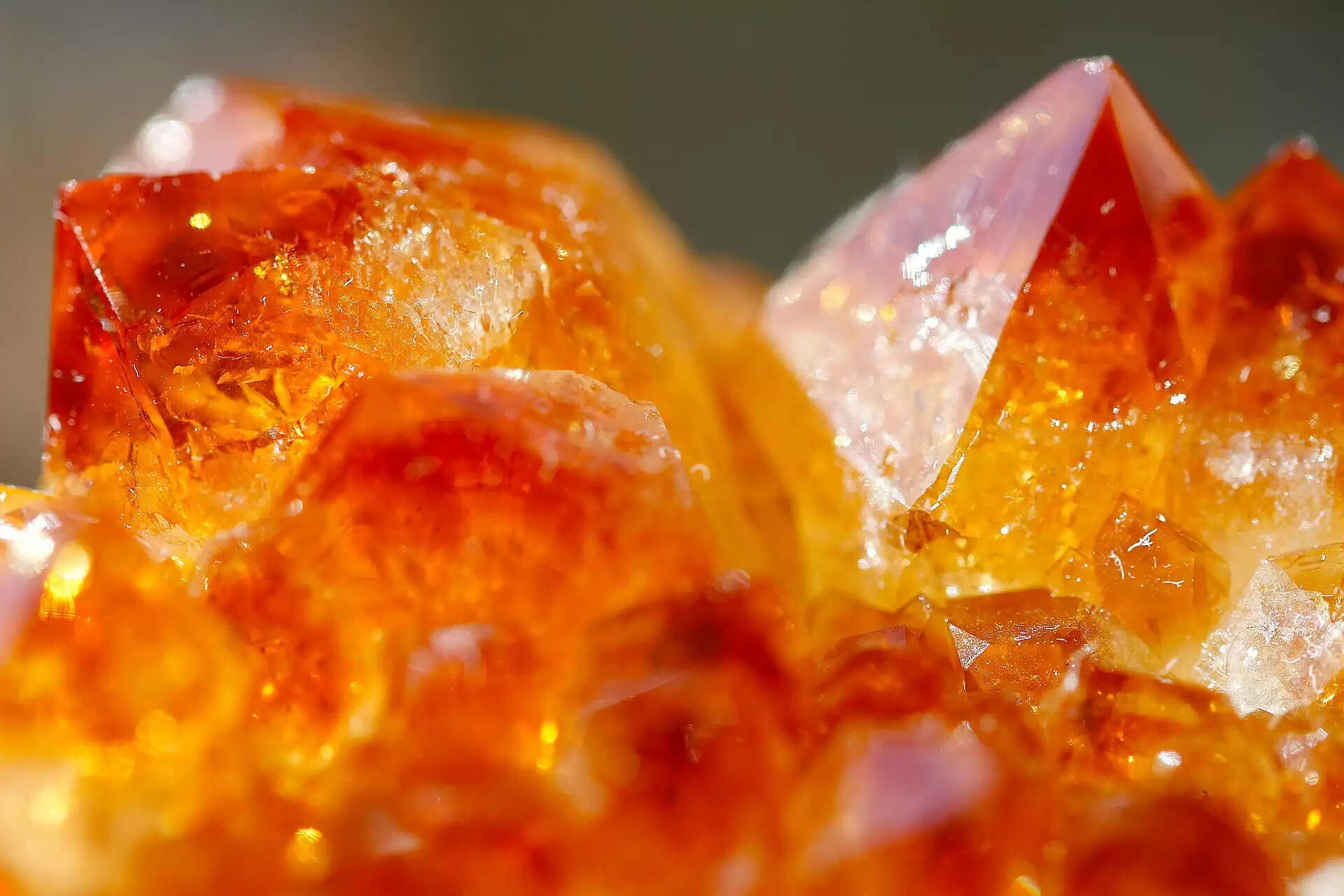Kryptonite: From Superman’s Lore To Clean Energy Core

A Discovery Beneath the Valley
Beneath the soil of Serbia’s Jadar Valley lies a mineral that has captured the imagination of scientists and popular culture fans alike. Known as jadarite, this dull white crystal bears a striking chemical resemblance to the legendary kryptonite from the Superman stories. While it does not glow green or weaken superheroes, it contains a powerful mix of lithium and boron — elements essential for powering a cleaner, more sustainable world.
From Mystery to Recognition
The mineral came to light during exploration drilling in 2004, when researchers encountered an unknown substance that did not match any recorded mineral. Detailed analysis confirmed it as a new species in 2006, officially recognised for its unique properties. Its scientific name — sodium lithium boron silicate hydroxide — mirrors, almost exactly, the formula seen in the fictional kryptonite featured on the silver screen.
The Fictional Connection
In comic books and films, kryptonite is a glowing, supernatural substance. In reality, jadarite is far more understated in appearance — a plain white mineral that reveals a pinkish-orange glow only under ultraviolet light. Its chemical structure, LiNaSiB₃O₇(OH), lacks the fluorine of its fictional twin, but its value lies not in fantasy powers, rather in its potential to advance renewable energy technologies.
A Rich Source of Lithium
The Jadar deposit is considered one of the largest known lithium reserves in the world. Lithium is a critical component in rechargeable batteries, making it a key driver in the global transition to electric vehicles, energy storage systems, and other renewable energy applications. The boron content also adds industrial value, with uses in glass production, ceramics, and specialised materials.
Global Relevance and Strategic Value
While the mineral’s origins are in Serbia, its significance is global. Countries across the world are exploring new ways to secure reliable supplies of critical minerals needed for clean technology manufacturing. Jadarite’s unique composition poses both opportunities and challenges for processing, making it a focus for research and development in the critical minerals sector.
Unlocking Its Potential
Specialised mineral processing methods have already shown that lithium can be extracted from unconventional sources like jadarite, alongside more common ores. By refining these processes, industries can ensure that even rare minerals are transformed into commercially valuable resources, ready to be used in the production of advanced batteries and renewable energy systems.
A Mineral for the Future
Jadarite may never live up to the mythical abilities of kryptonite, but its potential impact on the planet could be far greater. From its quiet discovery in a Serbian valley to its possible role in powering millions of electric vehicles and storing renewable energy, this rare mineral stands as a symbol of the future’s clean energy ambitions. Sometimes, it turns out, the most unassuming materials hold the power to change the world.
.jpg)
